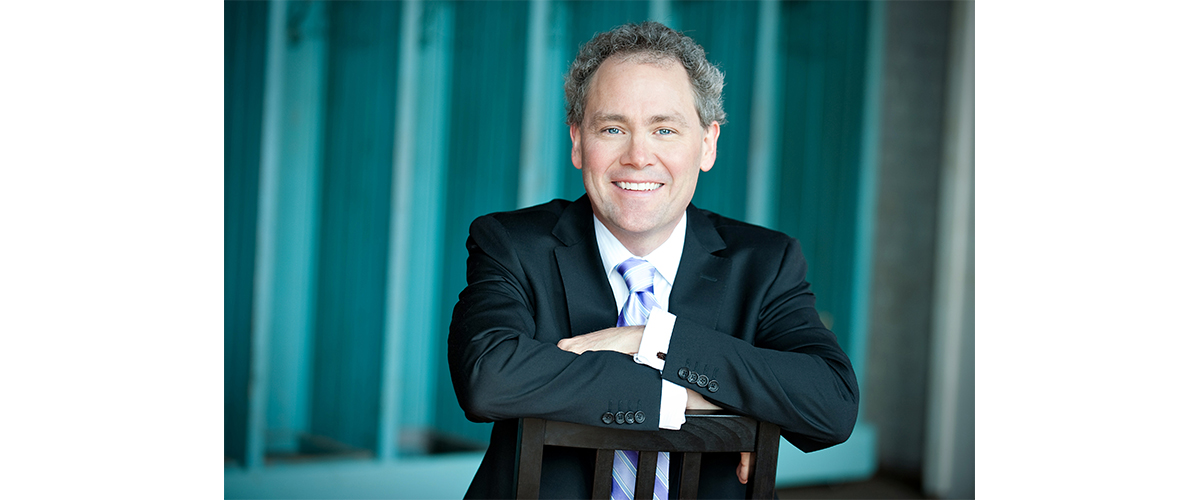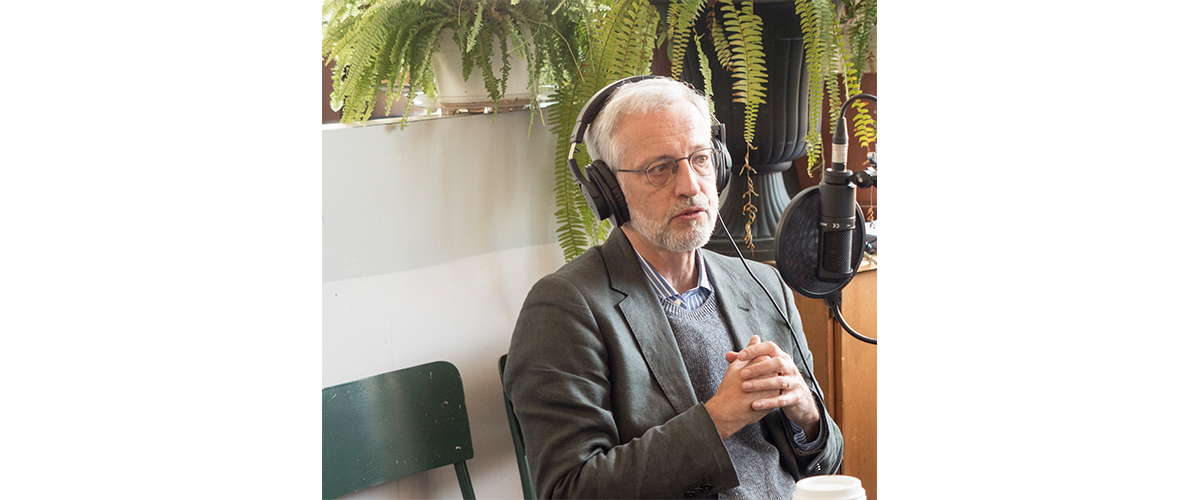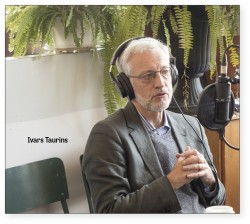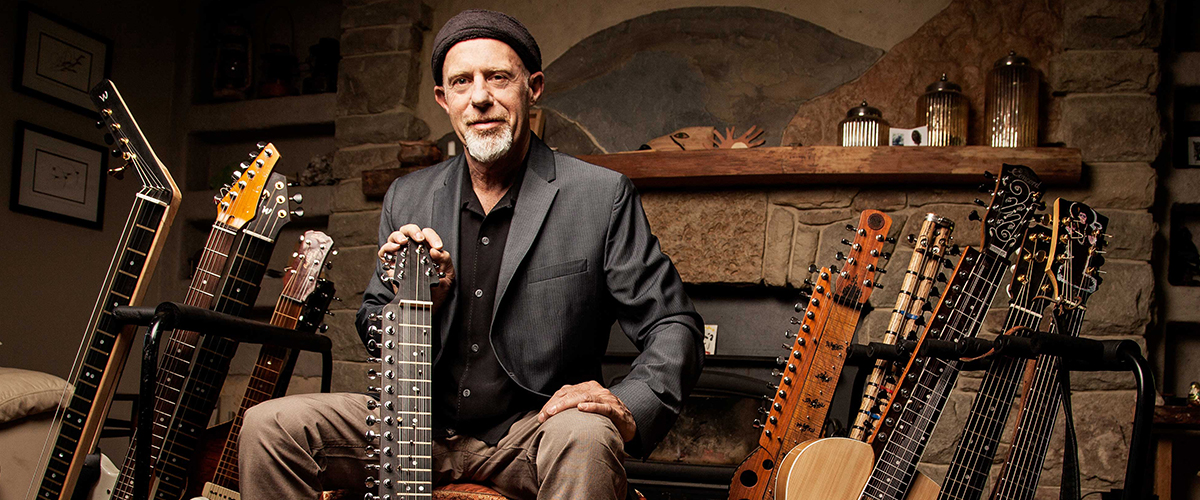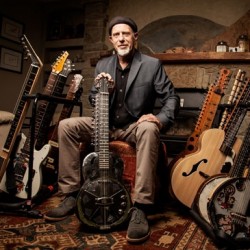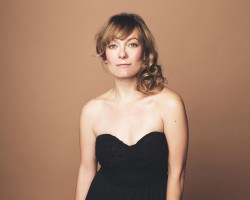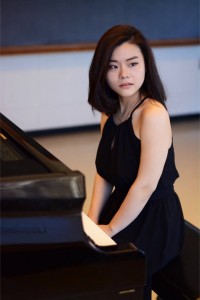Hometown Hornist Q & A with James Sommerville
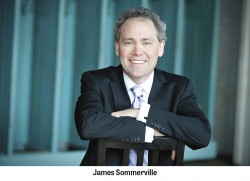 Toronto-born James Sommerville has been principal horn of the Boston Symphony since 1998. Formerly a member of the Montreal Symphony Orchestra and the TSO, he also spent seven years as music director of the Hamilton Philharmonic Orchestra beginning in 2007. He answered the following questions several weeks in advance of his upcoming return to his birthplace on March 5, when the Boston Symphony Orchestra (conducted by Andris Nelsons) makes its first appearance in Canada in 21 years.
Toronto-born James Sommerville has been principal horn of the Boston Symphony since 1998. Formerly a member of the Montreal Symphony Orchestra and the TSO, he also spent seven years as music director of the Hamilton Philharmonic Orchestra beginning in 2007. He answered the following questions several weeks in advance of his upcoming return to his birthplace on March 5, when the Boston Symphony Orchestra (conducted by Andris Nelsons) makes its first appearance in Canada in 21 years.
In your BSO video profile, you spoke of soaking up the orchestra’s tradition as it relates to sonority, attack and style. Could you please elaborate on the BSO’s brass sound in particular, the character of the orchestra’s overall sound since 1998 when you became principal horn, and how the BSO’s tradition is transmitted over the years?
Any orchestra section’s sound is defined by several more or less equally important factors: the acoustics of the hall, the provenance and culture of the players, their individual genius and originality, the predilections of the music directors, and the overall tradition of the group. The BSO has a deserved reputation as the most “European” of American orchestras; meaning a clarity and flexibility of sound and expression, a lightness and transparency that was long unique – although it must be said that orchestras worldwide are more similar in approach than they used to be. The BSO brass section has always prided itself on its cosmopolitan style – not massive, but direct, clean rather than woody, brilliant rather than hard. There has been a great deal of change in the brass section’s personnel over the past 19 years, but without exception the newer players have been sincere and successful in adapting to the BSO sound, and using their talent to help us evolve and improve in this century.
What are Andris Nelsons’ great strengths as a conductor? What particular skills do you think he has in interacting with the orchestra?
I think Andris’ greatest skills are rooted in his personal warmth, empathy, and in the spontaneous energy and enthusiasm he brings to performances. He has always been amazingly collaborative and collegial on the podium, and very approachable and affable off it. He is a very intuitive and emotional musician.
How would you characterize the kinds of skills of the other music directors you’ve played under, in Boston, Montreal and Toronto?
Seiji Ozawa, my first boss at the BSO, was the most physically gifted conductor I have ever played for, as well as a deeply emotional musician. James Levine brought ebullient enthusiasm to all the repertoire he chose to perform, and exposed me to a lot of great repertoire I was unfamiliar with – Schoenberg, Carter, Wagner. I was a fan of Jukka-Pekka Saraste, who was MD when I was a member of the TSO; he was a very imaginative and creative conductor. I played in the MSO during the Dutoit years. As much as the relationship between him and the orchestra ended abruptly and awkwardly, there were many years of terrific music-making with him there. The MSO in the 80s and 90s was an orchestra that you could still always recognize instantly on the radio: that transparent, clean sound was so distinctive, and a source of pride to both maestro and players.
Please describe your early music education.
I grew up in Toronto, and had piano lessons early, but never excelled at that. I was lucky to have a terrific music teacher in high school (John Fautley, then at UTS), who really opened my ears to the whole range of world music. Most of my university education was at U of T, where I studied with the great Eugene Rittich. And as an orchestral player, my finishing school was the NYOC, where I learned what it really takes to win and keep a major orchestra position.
Who were your musical heroes in your formative years?
In no particular order: Glenn Gould, Robert Fripp, Hermann Baumann, Martha Argerich, Charles Mingus, Gordon Lightfoot, Jacqueline du Pré, Brian Eno. And many more.
How did your interest in conducting develop?
It’s something I began to some extent in high school, and studied intermittently after that. As an orchestral player, it gives a really amazing new and profound perspective to the great repertoire: as a conductor you of necessity need to know every detail of every note in the score, and as much of the historical, cultural, personal context of each work in as much depth as you are capable of.
Now that your tenure with the Hamilton Philharmonic is over, how do you exercise your conducting muscles?
I do a fair amount of guest conducting in Canada and the US, and am music director of the Canadian National Brass Project (canadiannationalbrassproject.com), which brings many of Canada’s finest brass players together every year for tours and recording – we have a CD and streaming audio release set for this spring: music of Mussorgsky, Lizée, Lau, Lauridsen and Cable.
The BSO/Nelsons DG recording of Shostakovich’s Symphonies 5, 8 and 9 was highly praised by The WholeNote in our September 2016 issue. Is there a difference in approach to making a recording vis-à-vis performing a live concert?
Well, the short answer is that those recordings are all edited from live concerts, so in that case, no difference at all! But in ideal circumstances, we can approach a studio recording with a little more freedom: when you know there is the possibility of another take, you can experiment a bit more, take a few more chances, technically and musically. Stretch a phrase a little longer, play a dynamic that’s a little riskier, that sort of thing.
Is the March 5 concert the first time you’ve been back to Toronto since your Women’s Musical Club recital last November?
I was back for the holidays, as usual; most of my immediate family still lives in Toronto.
Do you recall the last time you played Roy Thomson Hall? How does it feel to be returning?
I think the last time I played here was when I came back for a couple of weeks and played principal horn as a guest with the TSO – maybe this would be late 90s or early 00s. It’s going to be great to be back on that stage. We have a wonderful acoustic at Symphony Hall in Boston, but I have tremendous memories of my time in the TS, and listening to it when I was growing up. I do remember when the hall opened in 1982; in fact my mother was a sponsor before it opened, so my name and those of my siblings are on the back of one of the audience seats.
What is it like to work with Emanuel Ax? Have you played Beethoven’s Piano Concerto No.2 with him before?
I haven’t played that work with him. We have played chamber music on a couple of occasions; doing the Schumann Adagio and Allegro [for Horn and Piano Op.70] as part of the Boston Symphony Chamber Players series was a highlight. He’s an incredibly warm and generous person, and of course a sublime and inspiring musician.
In your BSO video, you mentioned owning a few French horns. How many do you have in your basement? How many do you use in performance?
At the moment I have three or four in “rotation,” one of them is a “triple” horn, which comes in handy for music that is both very high and very low, very soft and very loud. I have a few other instruments that I use depending on the repertoire, to make a specific colour of sound easier to achieve. Some are warmer and darker, some clearer and brighter – just depends what the pieces require.
The Boston Symphony conducted by Andris Nelsons with featured guest Emanuel Ax performs at Roy Thomson Hall on March 5.
Paul Ennis is the managing editor of The WholeNote.


